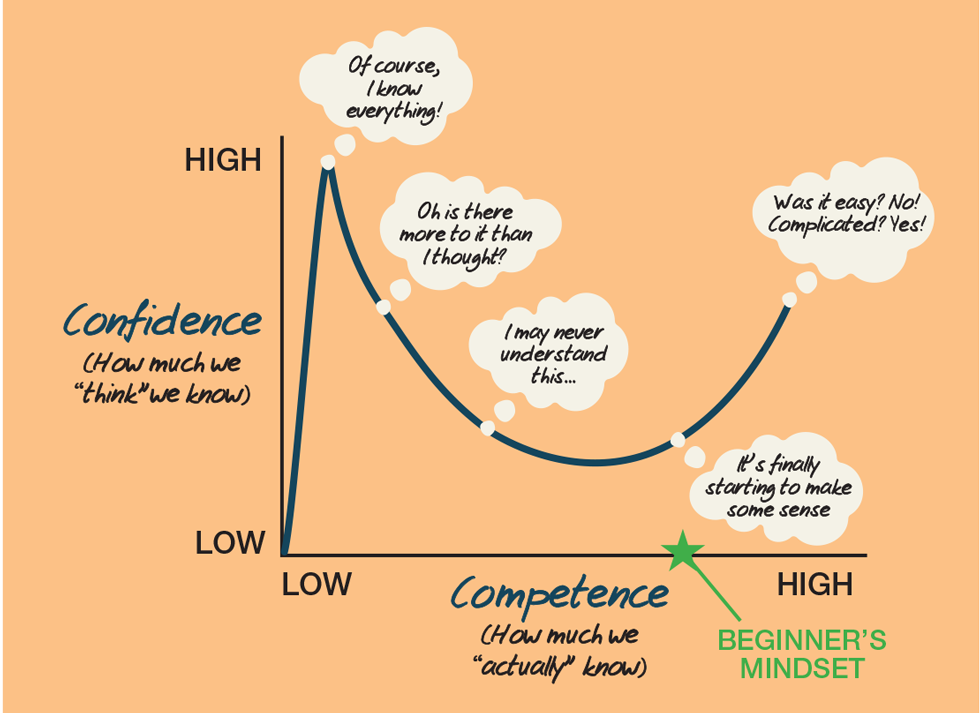Process Consulting and the Problem with AI-fed ‘Experts’
Grant Wellwood provides tips on how to discern between superficial knowledge and a deep understanding, as a new generation of AI tools further empower ‘the highest paid person in the room’
AS THE third wave of artificial intelligence (AI) unfolds, there’s genuine concern about how this machine learning-empowered incarnation will impact various professions, including process engineering-based consulting. Despite its inherent complexity, our field is not immune to the changes brought about by AI, especially in relation to the softer aspects like client interactions.
The adage “projects are people” resonates deeply within our profession. In the realm of process consulting, we encounter a diverse array of individuals. Our journey with a new client typically begins with an enthusiastic point of contact from the client’s team, often referred to as a “mobiliser”. This mobiliser is someone genuinely interested in catalysing change and is aware of potential blind spots that our expertise can address. Once we establish the project’s goals and sign a contract, we convene for the kick-off meeting, where we meet the full cast of organisational characters.
Faux experts
In a world undergoing constant transformation, one constant remains: the presence of the “faux expert”. They exude confidence, dropping names and buzzwords liberally, projecting an aura of expertise in a phenomenon that is so prevalent it has its own name; the Dunning-Kruger (D-K) effect.

The Dunning-Kruger effect
A cognitive bias that occurs when people with limited knowledge or skills in a specific area overestimate their competence because they don’t have enough knowledge or skills to recognise their own limitations, leading to a false sense of confidence.
Often dubbed as being unskilled and unaware of it, we can see this bias on the left-hand side of the D-K curve (Figure 1). This bias is frequently compounded by the fact that the individual involved is often the most highly paid person in the room and their influence carries considerable weight, hence “HIPPO” (highest paid person’s opinion).
This archetype, who we’ll refer to as “Hubris”, often becomes a HIPPO because of their overconfidence, an unlikely superpower that can inspire and motivate others to pursue even seemingly unrealistic goals.

Finding solutions
The path to any consulting goal comprises two distinct phases: the discovery and planning phase where we identify the root causes, devise the best solutions, and chart the path to realisation; and the execution phase.
Hubris’ overconfidence can be advantageous in the second phase, where determination and resilience are crucial to surmount internal resistance to change. In this context, not knowing all the obstacles and complications can be an advantage, as ignorance can sometimes be bliss. Hubris often excels as a delivery hero during execution. However, in the first phase they can be a hindrance.
As consultants, our primary role in the first phase is to identify root causes and then frame possible interventions together with their alternate futures to help our clients land on the best solution. Unlike the mobiliser, Hubris is often sceptical of the existence of any problem(s), puzzled about why external assistance is required, and questioning the value of our engagement.
Many of the problems we are called to address are rooted in complex systems with intricate interdependencies. Altering one element often leads to unintended consequences through a web of balancing and reinforcing loops. Hubris tends to view the world linearly, simplifying complexity into overly straightforward cause-and-effect scenarios. It’s our understanding of these nuanced loops that underpins the insights we bring to the table. Our deliverables typically consist of recommendations that support informed decisions, akin to predictions based on past knowledge.
Recent Editions
Catch up on the latest news, views and jobs from The Chemical Engineer. Below are the four latest issues. View a wider selection of the archive from within the Magazine section of this site.




